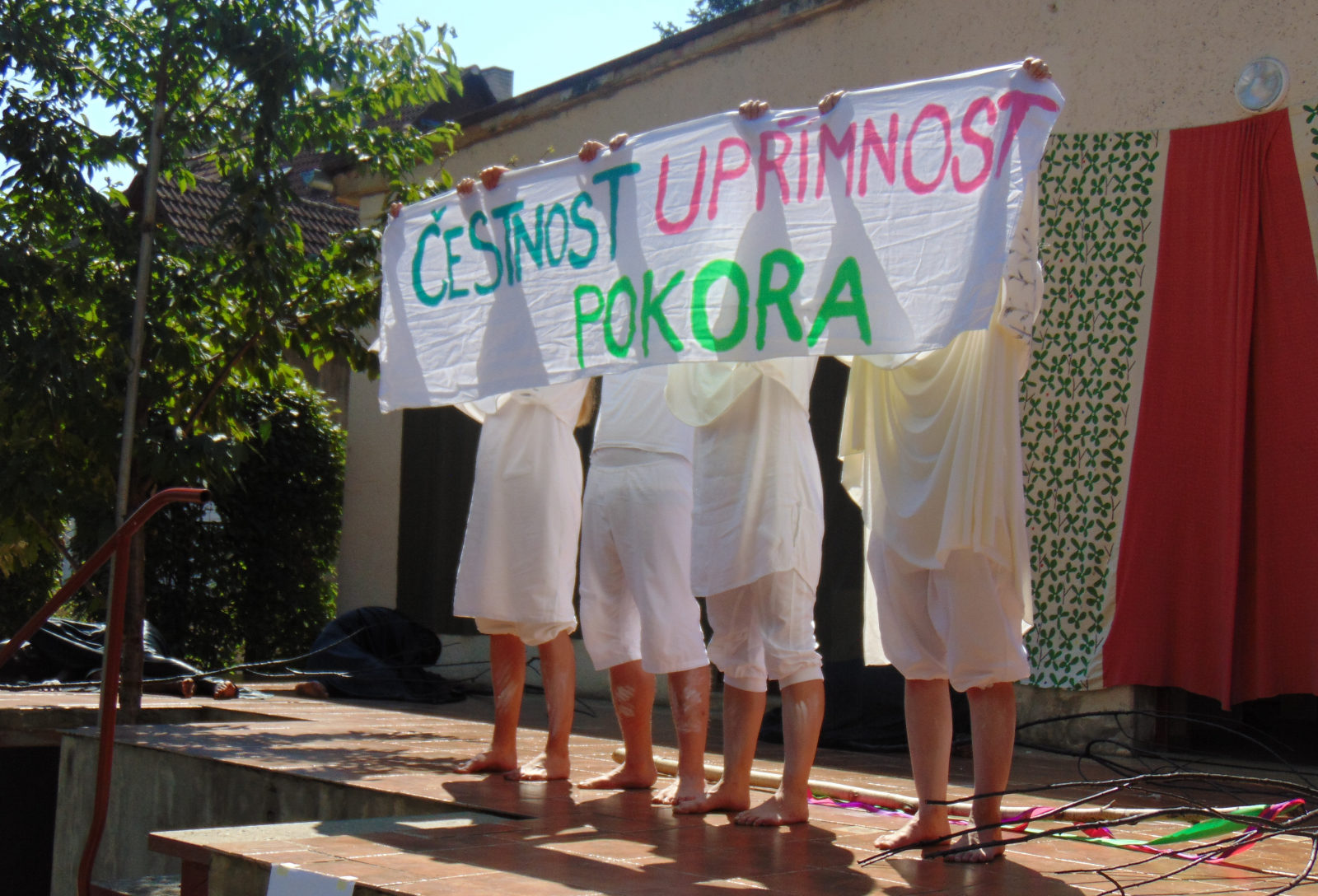KROK, therapeutic community
Interview with Hana Čamlíková, director and Veronika Vašíčková, project manager
Sector
Quaternary: therapeutic community
Country
Czech Republic
Web-site
http://www.oskrok.cz/
Specialization
Field of work – We are a non-profit organisation helping people in difficult circumstances for over 21 years. Quality of our services is directly related to quality of our team consisting of 19 employees. We are providing 4 registered social services:
- Therapeutic community for drug addicts provides a long-term residential care for male and female addicts at the age of 15+.
- After-care programme – the programme serves as a cross-over bridge between the community and everyday life.
- Socially activation services – especially field work, directly in socially deprived families, supporting prior- and post-divorce families, families in financial difficulties etc.
- Expert social counselling – counselling provided to families in social problems, legal counselling, mediation, therapies.
Apart from that we operate two other projects:
- Volunteering centre;
- Prevention programme for primary schools.

Our organisation also takes an active part in environmental protection activities for the last couple of years. It deals with environmental management and protection, we take care of some areas for over 10 years. We also herd sheep at preserved areas with difficult access. We are interested in renewable resources, and for example we also build clay houses with our clients.
Age management is introduced within the project financed by the ESF Employment programme. Our project is called: Krok – Age Friendly organisation.
Main motives for the decision to implement the age management measures
We want to be good, we want the organisation to do a good job.
Our organisation always aimed at establishment of good working conditions for its employees. The needs of our employees were always taken into consideration. We liked the holistic focus of the AM – on harmonisation (symbiosis) of needs of the organisation and its employees.
Within our profession, we help people in difficult life situations. The requirements for expertise and qualification of our employees are increasing, as they have to be able to solve newly arising problems of the target group. This is highly demanding for our employees as far as stress resistance and work overload is concerned. The AM provides tools enabling systematic maintenance and strengthening of their work abilities.
A non-profit organisation usually cannot compete with a profit sector as far as remuneration of their employees is concerned. On the other hand, it provides an opportunity for professional growth (educational courses, training, workplace learning), an opportunity to learn from experts in the given field (mentoring), good workplace environment and relationships. Transparent processes within the organisation enable the employees to impact direction of the organisation as far as work ability and mutual future are concerned. These, for example, include strategic planning, suitable training, projects, etc.
The age structure of our employees is remarkably heterogeneous. It brings lots of advantages, but it is also demanding as far as management is concerned, as each age group has different needs.
Within a couple of years, our experienced employees in leading positions will retire. These people have a lot of tacit knowledge, experience, as well as a network of important contacts. In order to preserve the priceless know-how of these employees, we had to introduce a system interconnecting those with knowledge and those in need of such knowledge. At the same time we wanted to establish a system of gradual preparation of employees for retirement and introduce forms of cooperation with such retired employees.
Hana says:
“I am the oldest person within the organisation. I have been trying to retire for quite some time, but my colleagues were mocking me yesterday again – they insisted on me taking a course improving my clerical abilities. Of course, I have never been to such a course before, as I was always too busy with my clerical work (laughter). But I agreed to it, and I was trained in Word and Excel by my assistants, one day with each of both of them, they were teaching me new skills. This was a marvellous example of an intergenerational cooperation. I realized that we want elderly people to stay employed too. And if I am lagging behind like this, while still wanting to remain here, I have to do something about it.”
Age management dimension
Comprehensive approaches: a holistic approach that encompasses all dimensions of age management
Expected results
- Two AM trained employees capable of applying their knowledge in practice
- Establishment and implementation of the AM strategy.
- All employees being aware of the AM principles.
- Implementation of a functional system of the adaptation process within the organisation, enabling faster adaptation of employees in new positions.
- Pre-prepared facilities and all necessities related to employing a new employee; e.g. a team of recruitment workers.
- Harmonisation of requirements of working positions of individual employees with their personal resources and their current situation in life
- Setting of preventive measures system leading to maintenance and strengthening of work abilities of employees of all age groups.
- An active approach of the employees to maintaining and keeping of their mental and physical fitness.
- Thoroughly prepared system of succession for employees leaving key positions
- Well prepared system of mentoring and transfer of tacit knowledge by experienced employees
- Well prepared internal training functioning within the lifelong learning
- Internal lecturers trained in the Towards Successful Seniority method.
- Within the organisation the employees will be gradually prepared for retirement
- Establishing a concept of keeping in touch with former employees (their involvement in continuing of what they built within the organisation and preserving their expertise and knowledge to the benefit of our organisation)
- Establishment of a concept of care of former retired employees as a source of knowledge, available helping capacity, and a form of expressing of respect and gratefulness.

Our way towards the age management
While implementing the Age Management system we relied on the individual floors of the Work Ability House. We have received a great support thanks to cooperation with an AM expert and promoter Mgr. Ilona Štorová. The AM implementation included all 4 floors.
- Health and Functional Capacities – „Healthy Office“: We have organised a workshop focused on workplace exercise and workplace ergonomics. We have equipped the workplace with ergonomic aids (big monitors, kneelers, gymnastic balls, ergonomic mouse devices).
During the summer months we have started with the „walking meetings“. We were motivating each other to exercise at work on regular basis. In order to achieve this, there was produced an iconographic leaflet „Stretch and Flex in Krok“, it includes a set of simple exercises suitable for the workplace. All the employees were given a smart band and we started counting our steps. We have attended a seminar focused on healthy lifestyle. As part of the “stress prevention” seminar; we have learned techniques focused on stress prevention.
We have identified the most frequent stressors among our employees and ways of fighting them. We created infographic leaflets for managers and other employees aiming at prevention of stress. We have started an annual tradition of a Health Day, within which we have together prepared healthy meals, we have shared information on our eating habits, and we have also shared recipes. Apart from this day, we have introduced some other educational activities, such as a melanoma prevention lecture, which motivated our employees to take regular medical checks of their birthmarks. We have also measured our sight and pulse. We started to go hiking together, and we have also introduced outdoor meetings, when the weather permitted. We have undergone work ability measurement.
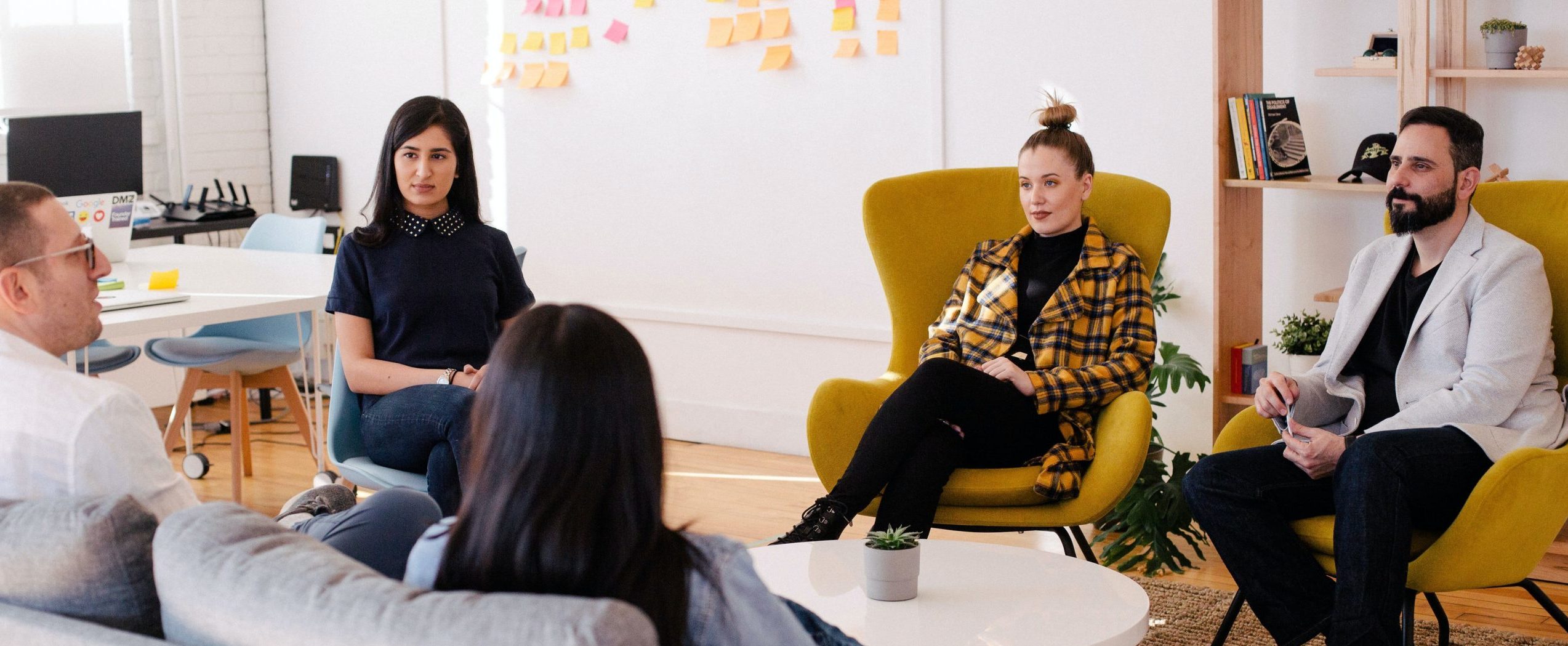
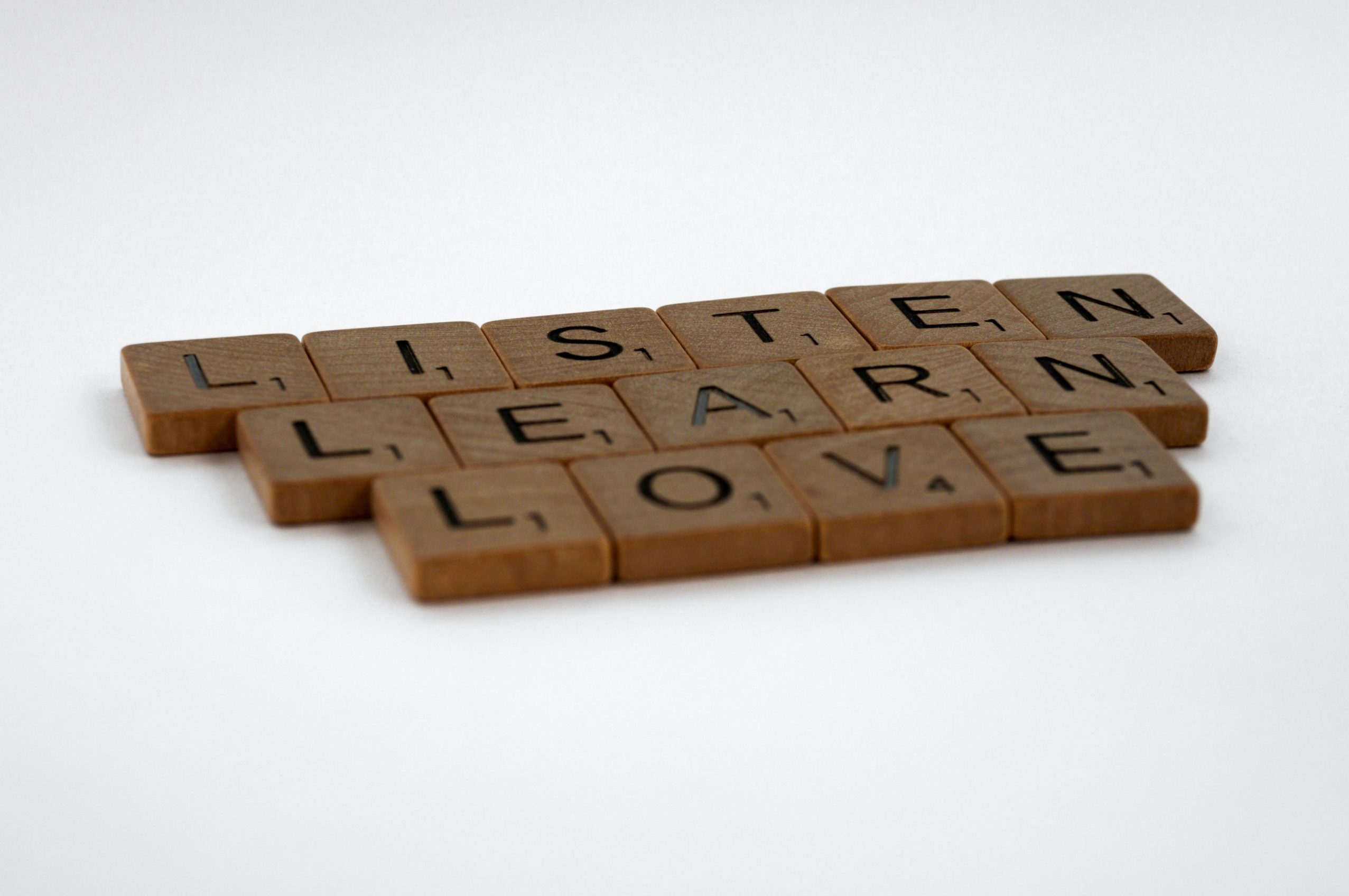
2. Competence – We have performed an analysis of educational needs of our employees. We have organised a targeted training focusing on competence of key employees. We have created an internal education system aiming at sharing of know-how, mutual learning, intergenerational cooperation and mentoring. It is one of the steps towards our vision of a learning organisation.
Two of our employees became authorized “Towards Successful Seniority” lecturers. Then they trained the entire team. This training is based on personal stories of the participants. Thanks to the suitable methods the employees learned about various aspects of their colleagues, they discovered their sources, and found common topics. They were enthusiastic about being given an opportunity to work on the Work Ability House.
3. Values, attitudes, motivation – We have focused on values of the employees and of the entire organisation. We were dealing with motivation factors of our employees. An important point was establishment of the so-called Work-life Balance conditions. Sharing of the topics and discussions contributed to a trusting environment and strengthened autonomy of the employees.
4. Work, work environment, work community and management – A three-member team was established, which introduced and implemented the AM strategy. These team members received specific education focused on Age Management and they gradually increased their knowledge by further studies. We have analysed internal documentation of our organisation with regard to work ability of our employees. An outcome of this analysis was a recommendation on inclusion of the AM plan and further AM measures. We have improved the system of recruitment of new employees and their adaptation process. We have carried out a vast research of contentment on part of our employees. All employees were involved in the AM implementation process. We have communicated with them frequently, in order to find out about their opinions and needs.
We have also focused on the process within which the employee is leaving the organisation. We have spent couple of days on strategic planning focusing on management of changes. Its outcome is a three-year strategic plan which is currently being implemented.
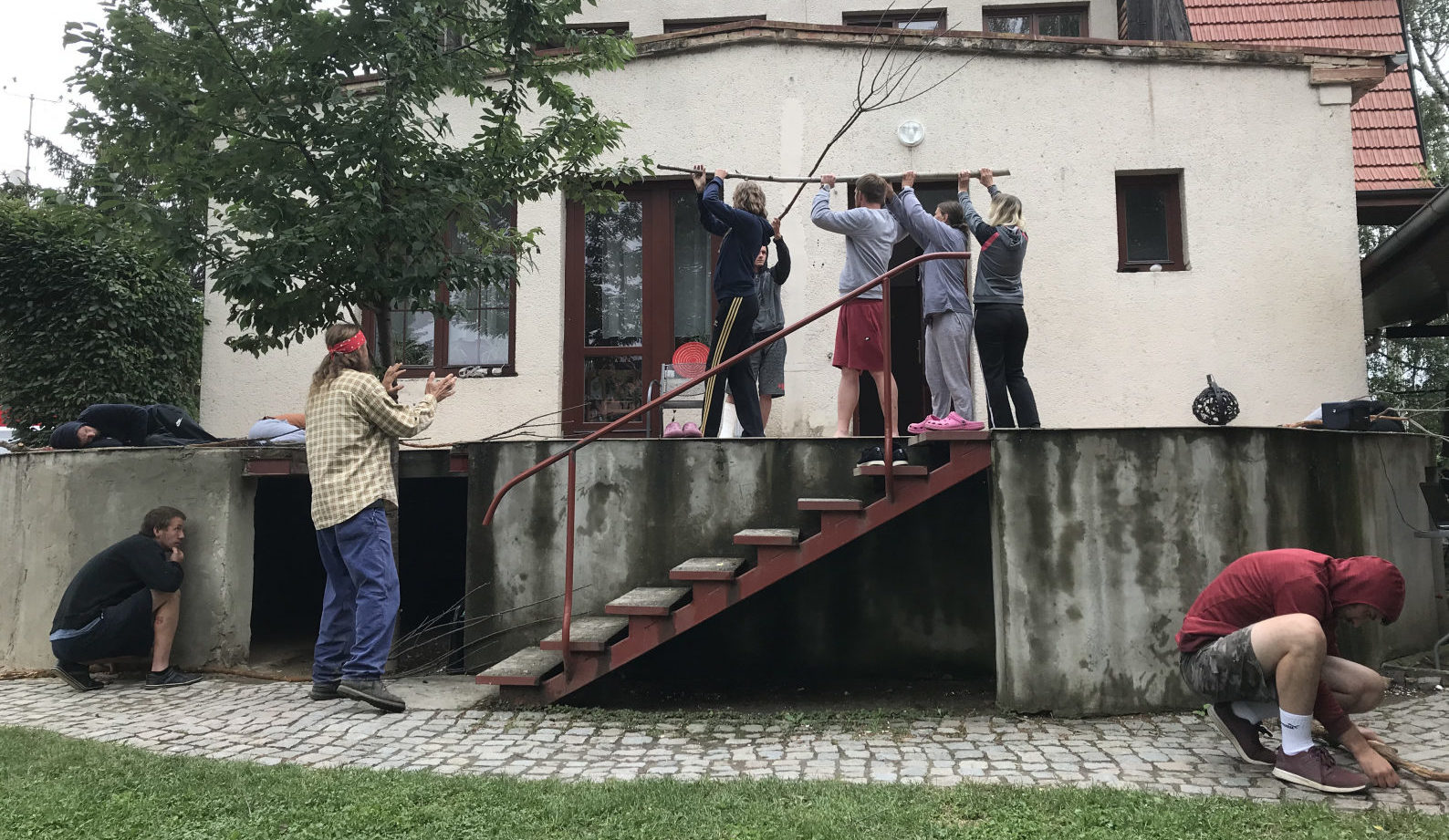
Strengths and weaknesses of the chosen approaches
Strengths
- Even before implementing the Age Management system, our organisation had a positive attitude towards needs of the employees, which facilitated implementation of the AM principles, as it made sense to us.
- Good choice of a team responsible for the AM implementation – a team member (the director) had a theoretical knowledge of the AM issues, as she had undergone some training in the past. Therefore she was also functioning as an advisor. Members of this small team were enthusiastic for the entire time, and they enjoyed learning new things. The project manager being passionate about the AM issues and uncompromisingly heading towards the set goals.
- We have a great cooperation with experts in the field of the AM implementation in organisations. We were continuously consulting our individual steps and processes with them.
- A complex application of the AM principles while being implemented within the organisation – all measures and their implementation were related to all floors of the Work Ability House. Therefore the implemented measures concerned all the employees.
- Our work is partially directed towards families. The family is as happy as the employee, and vice versa. Therefore we pay attention to this issue.
Weakness
- Some activities were „over dimensioned“, which occasionally brought a clash between our duties and necessity to meet the indicators.
The “aha!” moment experienced during the process
- While implementing the AM an organisation does not establish a brand new system, but it is based on the already existing human resource processes. It is not a greenfield project. The current system just has to be seen with regard to the „work ability“.
- There should be awareness of the interconnection of the AM principles with personal marketing. Both focus on good and motivated employees.
- One should become aware that the work-life balance is not only achieved through balance between personal and working life, one has to find and overall harmony. That comes when we like our jobs, which we find meaningful. Age management is a great tool enabling reaching of such a balance.
- We have realized, that the employees want to be heard, they really want someone to listen to their opinions, remarks, and proposals. They want to be part of the team.
- We have realized that age management does not only involve the active years of an employee at work or prolonging of their ability to work, but one of its targets is the person retiring in good physical and mental state, so that he could enjoy the following period.
- We have also become aware that the AM may be applied in any type of organisation, regardless of the sector or number of employees.
- One of the strongest aha! moments was realization what an effective tool represents the so-called Work Ability House for personal management. (link) Thanks to this, all the spheres of the project, as well as all other company processes, became unified. We have started to see all activities through the Work Ability House and they started to have a clear meaning.
Activities to sustain this initiative
The project is still ongoing. After it is finished, we plan to continue with the implemented AM system, we want to revise it and set it in such a way so that it would meet our requirements.
The implemented AM activities will be a part of our annual plan of activities. We shall set deadlines for regular revisions of meeting of the targets. If necessary, we shall focus on the arising needs or problems. The team shall be notified of any changes at team meetings. We plan to improve the knowledge management and implement other principles of a learning organisation. We shall continue to support healthy lifestyle of our employees. We shall evaluate whether our employees have all the necessary skills to cope with their workload, the eventual discrepancy will be solved using suitable AM tools. We would like to inspire other organisations, we want to promote the AM principles.
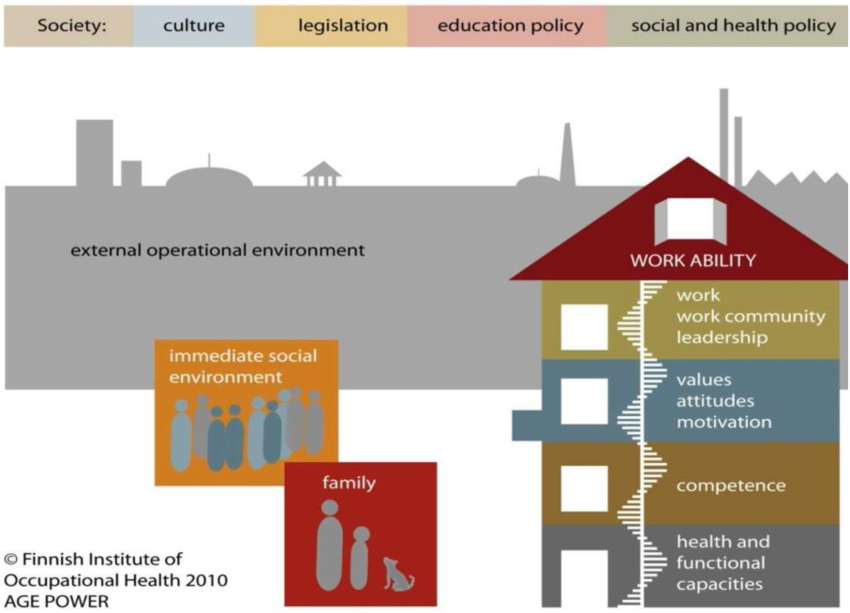
Monitoring system of the effects
As the AM was implemented within a European project, from the very beginning there were set monitoring processes. These were aimed to ensure meeting the planned targets and indicators.
Monitoring included the following:
-
- Evaluation of outcomes of individual activities
- Interviews with managers and other employees
- Regular semi-annual evaluation of the activities as a part of reports on implementation of the project
- Monitoring of meeting of the set indicators
- Attitude of the employees towards the AM – at the beginning they had a positive attitude even though they did not know the processes – in the end they had specific attitudes, needs and understanding of uniqueness of the organisation implementing the AM/Work Ability House.
Beneficial effects of the initiative
- Thanks to the AM activities the employees became aware of their position.
- Impacts of the well set management resulted in better quality of the working life, as well as an entire life of an individual.
- After a long time our company was involved in a project, which was focused on us – employees, as all other projects are focusing on our clients.
Personal recommendation
- While introducing the AM, you should be surrounded by people, who understand this topic and can help you with the entire process.
- Try to meet people, who have some knowledge about the AM, who find it natural. Try to find out how they were impacted by it, how it went.
- The AM implementation team should consist of people enthusiastic about it, enjoying learning new things, and not likely to give up due to partial failures. The team implementing the AM ought to have more members, as they may support each other.
- Learn about the theoretical background of the AM, I would recommend you to read a book by Juhanni Ilmarinnen and attend courses providing you with basic knowledge of the AM. Search books that you find professionally inspiring for some AM thoughts. If possible, visit organisations with practical experience of the AM implementation.
- Gradually introduce other employees to the AM principles, communicate with them, and ask about their needs. You shall be surprised by what you may learn.
- You should include all dimensions of the work ability within the AM strategy.
- You should be aware that implementation of the AM within organisation is a long-term process, and it is necessary to allow it sufficient time and space. The AM implementation ought to have a strategic priority. Choose individual steps in such a way in order not to get overloaded – you should enjoy work and be happy about it.
